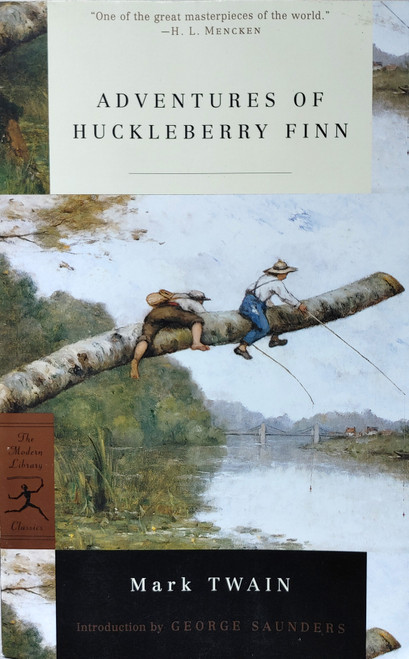The greatest classic of Japanese literature, sometimes called the world's first real novel, The Tale of Genji was completed by Lady Murasaki in the early years of the eleventh century. It remains a timeless exploration of human motives and passions.
A lady of the Japanese imperial court, Lady Murasaki found in that court and its life the subject for a delicate and detailed study of the essential movements of the human heart, always colored or rendered ambiguous by the conventions and forms of the elegant and decadent society she pictures. Readers are reminded of Saint Simon's memoirs of the court of Louis XIV and of Marcel Proust's great novel, Remembrance of Things Past, which Lady Murasaki's six-part work resembles both in its great scope and in its awareness of the nuances of human relationships and of their transformations in time.
Lady Murasaki's novel has the prime qualities of Japanese art--subtlety of observation and grace and clarity of form. In Arthur Waley's magnificent translation, The Tale of Genji has become an English classic.
Lady Murasaki (Murasaki Shikibu) was born about A.D. 978, and while the exact date of her death is unknown, it is presumed to have been between 1026 and 1031. When her father, who belonged to a minor branch of the Fumiwara clan, became Governor of Echizen, he arranged to have his recently widowed daughter appointed a lady of the court to Empress Akiko.
In his introduction to this volume Arthur Waley writes: "It is generally assumed that The Tale of Genji was written during th three or at most four years which elapsed between the death of Murasaki's husband and her arrival at court....It is more probable, I think, that The Tale of Genji, having been begun in 1001, was carried on slowly after Murasaki's arrival at Court, during her holidays and in spare time at the Palace, and not completed till, say, 1015 or 1020. The middle and latter parts certainly give the impression of having been written by someone of comparatively mature age..."
About the Author
Lady Murasaki Shikibu, born in the year 978, was a member of the famed Fujiwara clan—one of the most influential families of the Heian period. Her literary ability quickly won her a place in the entourage of the Empress Akiko, whose court valued the rare woman who was a master of writing. After the death of her husband, Murasaki Shikibu immersed herself in Buddhism, and the religion's influences permeate her writing.






![“It is a truth universally acknowledged, that a single man in possession of a good fortune must be in want of a wife.”
So begins Pride and Prejudice, Jane Austen’s witty comedy of manners—one of the most popular novels of all time—that features splendidly civilized sparring between the proud Mr. Darcy and the prejudiced Elizabeth Bennet as they play out their spirited courtship in a series of eighteenth-century drawing-room intrigues. "Pride and Prejudice seems as vital as ever," writes Anna Quindlen in her introduction to this Modern Library edition. "It is a pure joy to read." Eudora Welty agrees: "The gaiety is unextinguished, the irony has kept its bite, the reasoning is still sweet, the sparkle undiminished. [It is] irresistible and as nearly flawless as any fiction could be."
This volume is the companion to the BBC television series, a lavish production aired on the Arts and Entertainment Network.
Introduction by Anna Quindlen “It is a truth universally acknowledged, that a single man in possession of a good fortune must be in want of a wife.”
So begins Pride and Prejudice, Jane Austen’s witty comedy of manners—one of the most popular novels of all time—that features splendidly civilized sparring between the proud Mr. Darcy and the prejudiced Elizabeth Bennet as they play out their spirited courtship in a series of eighteenth-century drawing-room intrigues. "Pride and Prejudice seems as vital as ever," writes Anna Quindlen in her introduction to this Modern Library edition. "It is a pure joy to read." Eudora Welty agrees: "The gaiety is unextinguished, the irony has kept its bite, the reasoning is still sweet, the sparkle undiminished. [It is] irresistible and as nearly flawless as any fiction could be."
This volume is the companion to the BBC television series, a lavish production aired on the Arts and Entertainment Network.
Introduction by Anna Quindlen](https://cdn11.bigcommerce.com/s-ezptpblrxu/images/stencil/500x659/products/821/1377/PrideAndPrejudiceModernLibrary__09603.1659821004.jpg?c=2)

